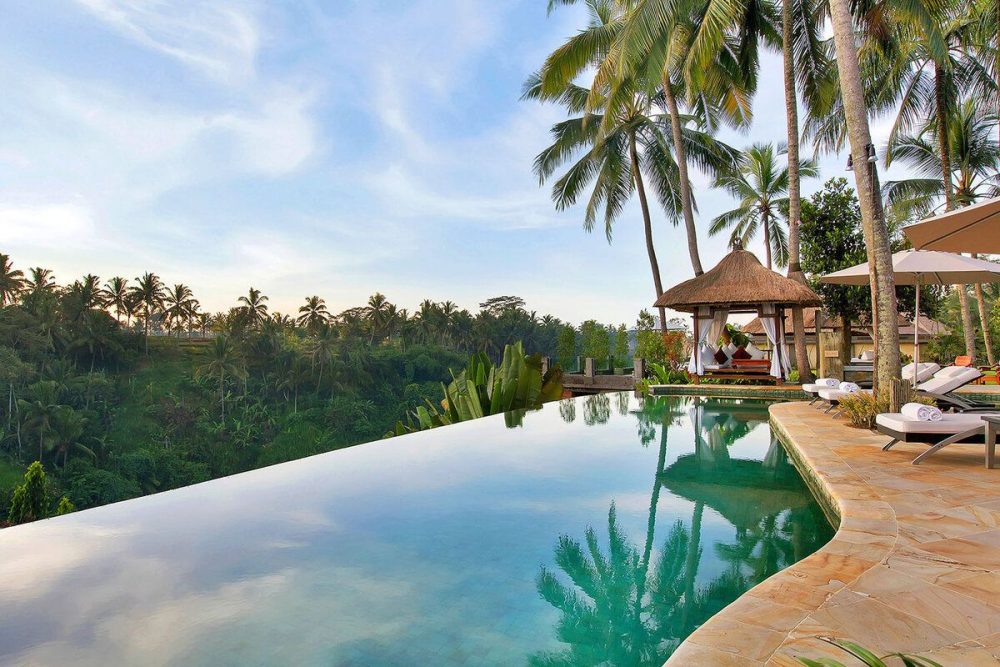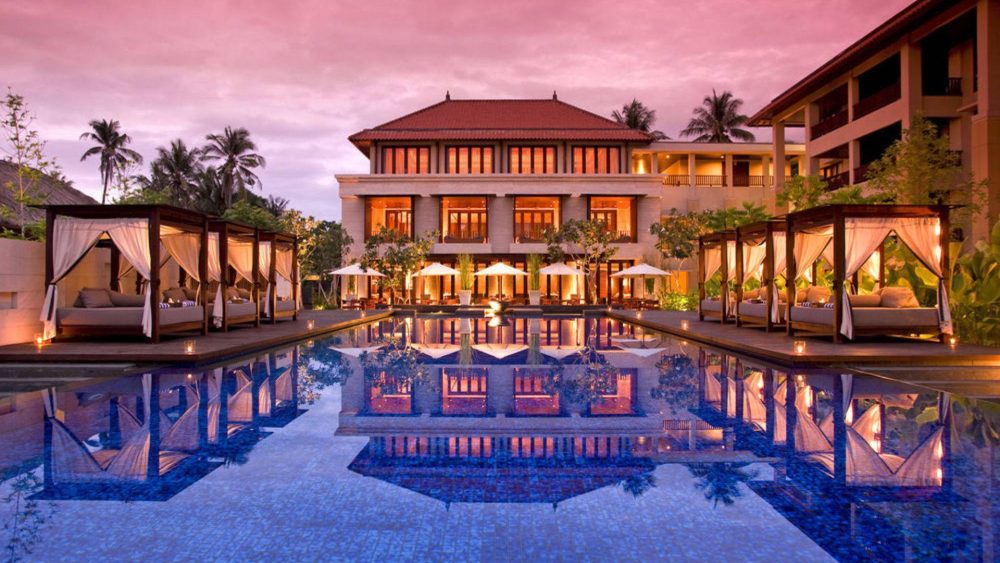The island of Bali has long occupied a tourist pedestal, but the country is not limited to coconuts and yoga. The archipelago accommodates more than 17,000 islands, each revealing its own ecosystem of wonders, traditions, and landscapes. There is not enough time to cover all of Indonesia’s main attractions.
Java: the pulse of ancient civilizations
Java concentrates the cultural core of the country. The central part of the island houses the country’s main attraction – the Borobudur Temple. It is the most massive Buddhist stupa on the planet, reaching a height of 35 meters. 504 Buddha statues and 2672 reliefs adorn the terraces, assembled without a drop of cement.

Eastern Java showcases natural forces – Mount Bromo, regularly emitting sulfur, reaches a height of 2329 meters. Tourism here turns into a symbolic ritual: the journey to the crater begins before dawn, accompanied by the smell of sulfur and the squeal of jeeps. Java doesn’t just show – it engages.
Sumatra: an island where jungles reign
North Sumatra is a sanctuary for unique ecosystems. The Gunung Leuser National Park, a UNESCO World Heritage Site, covers 9500 km². It is home to around 700 Sumatran orangutans, including the rarest subspecies. Seeing them is not a walk in the zoo but the result of a real trek through vines and marshes.
Indonesia’s main attractions here manifest in contrasts: from natural wilderness reserves to Lake Toba, formed by the largest volcanic eruption in the last 25 million years. The caldera’s diameter is 100 km, and its depth is over 500 meters. Toba is not just a body of water – it is a liquid mirror of geological history.
Komodo and Flores: encountering the ancient
Komodo National Park is a center of surrealism. It is the only place where Komodo dragons have survived – reptiles up to 3 meters long and weighing up to 70 kg. Each specimen is a living relic, reminiscent of the Cretaceous period. Park entry is regulated by quotas, ensuring a balance between tourism and species conservation.
Neighboring Flores offers a different perspective: Kelimutu lakes, whose colors range from turquoise to blood-red. The phenomenon is due to mineral content and redox reactions. These main attractions of Indonesia impress not only visually but also scientifically.
Lombok: the energy of nature in details
Lombok stands in Bali’s shadow but retains its identity. Mount Rinjani – the country’s second-highest mountain (3726 meters) – attracts adventure seekers. Trekking lasts up to three days, including an overnight stay at cloud level with a view of Lake Segara Anak inside the crater.
In the south are the beaches of Mawun and Tanjung Aan, where mass tourism is still absent. The beach is not just a shore but a territory of authentic relaxation without noise.
Jakarta: a metropolis with layers of history
Jakarta offers a different type of travel – urbanistic. The National Museum houses 140,000 exhibits from the Neolithic era to the present. The largest mosque in Southeast Asia – Istiqlal – accommodates up to 200,000 people. The architecture combines Islamic style and industrial power – a structure made of 12,000 tons of steel.
Despite the traffic and concrete, the main attractions in the capital are felt through details: from street satay stalls to art clusters in the Kota Tua area.
Diving and snorkeling in Indonesia: best spots
The Indonesian part of the Pacific Ocean contains about 20% of the world’s coral reserves. The Raja Ampat and Banda regions are ideal for snorkeling and professional diving. Depths reach 40 meters, visibility up to 30 meters, temperature stable at +27 °C.
The fauna ranges from manta rays to pyramid butterflyfish, with over 1700 fish species. Tourism in these areas is strictly controlled – each dive requires registration and a licensed instructor. Such a journey through Indonesia turns leisure into a true underwater expedition.
Indonesia’s main attractions: summarizing
Where to go depends on the goal: see a volcano, go trekking, visit a national park, or relax on the beach. Indonesia’s best places are unevenly distributed: each island offers its own travel formula.
Each attraction is not just a place but a part of a cultural, geographical, or historical layer. The mosaic of islands forms a map of impressions. Here, each fragment adds its own scale. Geography here is not just a backdrop but an active participant – shaping the route’s character and setting the pace of the journey.

Islands and features:
- Java – Borobudur Temple, Mount Bromo, cultural attractions.
- Sumatra – Lake Toba, Gunung Leuser National Park, wild nature.
- Komodo – park with dragons, snorkeling at Padar and Rinca islands.
- Flores – Kelimutu lakes, tribal villages, and rice terraces.
- Lombok – Mount Rinjani, trekking, uncrowded beaches.
- Bali – spiritual temples, museums, cultural complexes.
- Jakarta – capital, museum of national history, Istiqlal Mosque.
Each of the islands reveals Indonesia’s main attractions in its original form – without repetition and clichés. One archipelago, seven directions, dozens of rhythms – from ancient rituals to volcanic trails.
 en
en  ar
ar  de
de  es
es  fr
fr  nl
nl  ru
ru  hi
hi  it
it  pt
pt  el
el 











